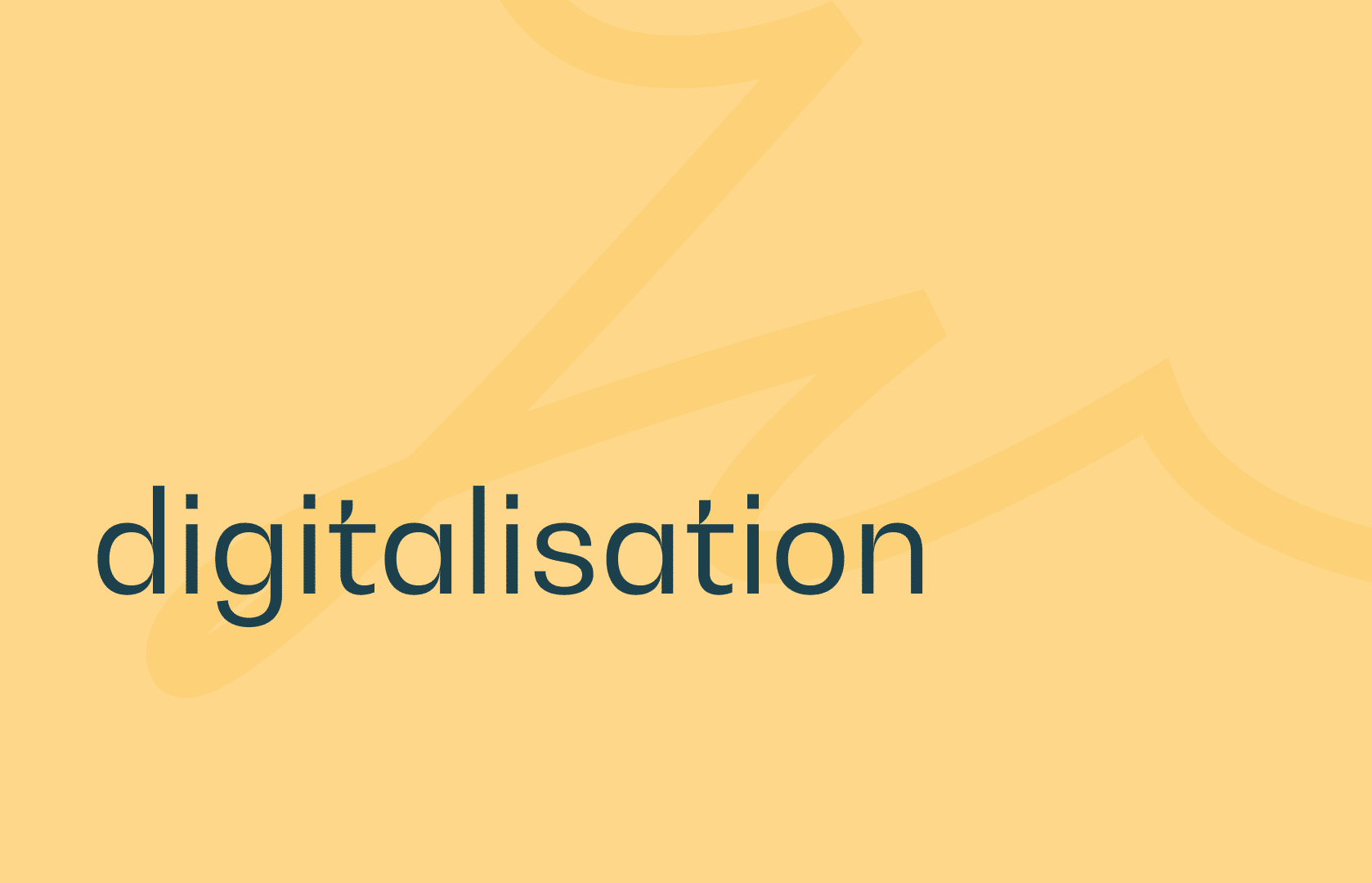The Qualiopi certification has established itself as the essential standard, attesting to the quality of processes implemented by training organizations. Far from being a simple formality, obtaining and maintaining this certification hinges on a major issue during the Qualiopi audit: the ability to prove this quality. It’s no longer enough to say that you’re doing well; you must demonstrate it tangibly and reliably. Faced with this requirement, digital tools are no longer just instruments of efficiency; they have become powerful generators and strongboxes for your evidence of compliance. This article aims to demonstrate, through concrete examples, how your ecosystem of digital tools helps you meet the requirements of several key Qualiopi indicators.

The central role of digital evidence in the Qualiopi audit
Using digital tools in your daily management offers considerable advantages for building your evidence file. The first is traceability. Every action (a document sent, a learning session started, a signature affixed) leaves a timestamped and secure digital trail. This complete audit trail is a major asset for demonstrating the reality and chronology of your actions to an auditor. Next comes data reliability. Digitization standardizes your processes and documents, drastically reducing the risks of errors, loss, or falsification inherent in paper. The probative value of solutions like electronic signatures guarantees the integrity of your contractual documents and their accountability to an identified signatory. Finally, centralizing information allows you to find all the evidence related to a learner or a session in just a few clicks, offering a responsiveness and a comprehensive view that are impossible to achieve with physical binders.
Analysis of key Qualiopi indicators and the role of digital tools
To illustrate this contribution, let’s look at a few Qualiopi indicators and the associated digital evidence.
Criterion 1: Public information conditions (e.g., Indicator 1) This indicator requires you to disseminate accessible, exhaustive, and up-to-date information. Your digital tools are the direct evidence of this: your website, which details your programs, prerequisites, and fees, is the first showcase to present. A CRM or a contact tracking tool can also trace all information requests and the responses provided, thus demonstrating your responsiveness and the quality of the information delivered upfront.
Criterion 2: Precise identification of objectives (e.g., Indicators 10 & 11) For these indicators, you must prove that you analyze the beneficiary’s needs and position them before they start training. The use of online placement questionnaires, sent automatically before the start of the course, is perfect evidence. The results, stored digitally and dated, attest to your approach of adapting the service.
Criterion 4: Adequacy of pedagogical resources (e.g., Indicators 17 & 20) Here, it’s about demonstrating the provision of resources and attendance tracking. A Learning Management System (LMS) proves that pedagogical materials are indeed accessible. For attendance, digital tracking tools like Edusign are essential. They provide reliable digitized attendance sheets, with robust connection evidence (timestamp, IP address, etc.), which are much harder to contest than a simple paper signature.
Criterion 6: Investment in the professional environment (e.g., Indicator 26 – Apprenticeship) This indicator, crucial for CFA (Apprentice Training Centers), requires proof of good coordination with the host company. A digitized learning booklet or a collaborative platform shared between the tutor, the apprentice, and the apprenticeship master is excellent evidence. The use of electronic signatures to validate tripartite meeting reports is another, attesting to the commitment of each party.
Criterion 7: Collection and consideration of feedback (e.g., Indicator 30) It’s imperative to collect feedback from your learners and funders. The automated sending of online satisfaction questionnaires via your platform or a dedicated tool is the most effective method. Dashboards and analysis reports generated from this feedback constitute direct evidence of your quality approach and your continuous improvement process.

Electronic signature and digital attendance: Your indispensable allies for compliance
Among digital tools, two stand out particularly in the context of Qualiopi compliance. The electronic signature, when it complies with the European eIDAS regulation, gives probative value to your most important documents: training agreements, subcontracting contracts, and end-of-training certificates. It provides superior legal security by guaranteeing the identity of the signatory and the integrity of the document after signing. Digital attendance, for its part, completely secures attendance tracking. It provides robust and difficult-to-contest evidence for Indicator 20: certified timestamping, geolocation if necessary, unique security code… These elements, presented to an auditor, demonstrate the seriousness and rigor of your monitoring, whether the training takes place in person or remotely.
Best practices for organizing your digital evidence before an audit
Having the right digital tools is one thing; knowing how to present the evidence they generate is another. The first best practice is to structure your digital archiving logically, for example, with a clear folder hierarchy by criterion/indicator or by learner. Then, ensure upfront that your different platforms allow you to easily export data and documents in standard formats. Training your teams on a rigorous daily naming convention and classification is also a key success factor to being ready at any time. Finally, anticipate the auditor’s questions and prepare a “live” demonstration of your tools to illustrate the fluidity and reliability of your processes.
📲 Edusign: your Qualiopi evidence centralized and ready for audit With Edusign, every Qualiopi indicator finds its digital evidence:
- ✅ Indicator 1: clear communication via shared documents and traceability of exchanges.
- ✅ Indicators 10 & 11: placement questionnaires sent and automatically archived.
- ✅ Indicators 17 & 20: online attendance tracking, secure and timestamped digital attendance sheets.
- ✅ Indicator 26: tripartite reports electronically signed and archived.
- ✅ Indicator 30: automated satisfaction questionnaires, dashboards ready for the audit.
- 💡 Result: your evidence is generated and automatically archived, structured by learner or criterion, and ready to be presented to the auditor.*

Conclusion: Digital tools, partners in your quality approach
In conclusion, digital tools have transformed Qualiopi compliance. They are no longer simple instruments of productivity but central elements of your quality approach, allowing you to move from a “paper logic,” often tedious and error-prone, to a dynamic, traceable, and secure “evidence logic.” Evaluating your technology stack from the perspective of its ability to generate evidence for the Qualiopi audit is now a strategic approach. Specialized solutions like Edusign are natively designed with these requirements for traceability, security, and quality evidence in mind, thus greatly facilitating the preparation of training organizations for their certification deadlines.





